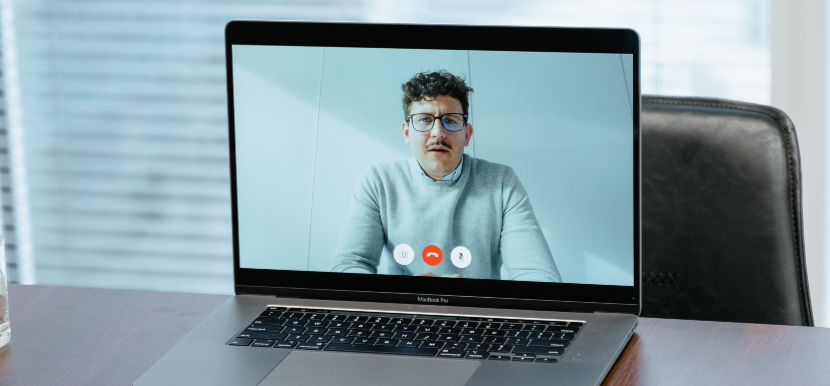The Leader of the Future: Principles and Practices

Image Source: MART PRODUCTION | Pexels
There is no single formula for becoming the leader of the future. Every organization has its own culture, structure, and transformation journeys. But what happens in between the stages of change is where we realize we are going through the same struggles.
Leaders who are not yet adapting to those needs would still find themselves rethinking their style because they can’t stop their environment and people’s behavior from evolving. Here are some of the common principles and practices for the leader of the future.
Practice empathy and empowerment. “As I understood it, many people were struggling at home because of the situation of the crisis that surrounded us. And I have to admit that I was also struggling at home. I think all of us were, one way or the other. So, it’s a question of being empathetic and trying to put yourself in the shoes of your colleagues,” Xavi Ballesteros, who is a Cambridge English Country Director in Spain and Portugal, said during a Q&A forum held by the Cambridge University Press.
Meanwhile, Elizabeth Cater, Managing Director of CEM, shared that she assessed their communication pattern and looked more closely into what empowerment could offer in return. What she did was “making sure that things can happen without me being in the room, because there are so many projects that we’ve been working on over the last few months and needing an approval from me on everything wouldn’t work. So, trying to understand how to engender empowerment across the teams has been a focus as well.”
Communicate with employees constantly. “The main challenge is to make colleagues work throughout the company and to manage different time zones,” Monica Marchis, Research Director of AMSI, told PERFORMANCE Magazine. “We have one-on-one weekly meetings with all team members and regular meetings with the team for an overview of all work done individually. This way, we enable perspective and recognition and ensure support. In order to gain coherence, a corporate governance project has been initiated and a job evaluation project for internal equity has been done.”
Create new strategies for virtual meetings. According to The Economist, before the pandemic, managers were spending almost 23 hours weekly attending meetings. After the pandemic, barriers that keep people apart increased and organizations have to come up with new ways of running a meeting. Organizations can consider the following techniques:
- Designate an amount of time for each topic, and once the time is up, the timer will ring and participants can move on to the next subject matter.
- Write follow-up action notes that can be seen immediately in the meeting rather than sending the list via email.
- Set positive communication rules, such as allowing presenters to finish their statements before commenting and encouraging participants to speak up.
- Have an additional break after each presentation in a meeting.
- Come up with creative icebreakers.
- Develop interactive and visually appealing presentations.
- When there is a new meeting platform, perform trial runs with attendees to familiarize them with the functions.
Prioritize productivity over multitasking. One useful technique to assess serial-tasks and avoid multitasking is the Pomodoro Technique. It proposes working in a hyper-productive rhythm for 20 minutes without distractions. For managers still working in a hybrid environment, dedicating 20 uninterrupted minutes to a task seems reasonable rather than an entire one hour. Dividing the time into short bursts allows the brain to fully concentrate. At the end of the day, it seems more productive than a day spent multitasking.
Make individual strengths shine. If the pandemic taught us one thing in the organizational environment, it is that individuals have different needs and respond differently. To win over the actual context, the manager needs to balance shared team commitments and the unique needs and strengths of individuals. In the opposite corner, the one-size-fits-all method will erase the possible shining contributions of individuals. With this, managing a diverse team means the ability to shield performance from drawbacks.
Keep it real. A potential leadership crunch can also be avoided by looking at the technique of trading perfectionism for compassion. Before COVID happened, a good day meant being able to submit all assignments and attend all meetings. The post-pandemic work life paints it differently. For working parents, it got even more difficult as they have to get the children accommodated with homeschooling while attending virtual meetings. This does not imply falling short of one’s own standards, but becoming more reasonable when it comes to the number of tasks they can accomplish.
If you’d like to boost your personal performance as an individual and a leader, check out The KPI Institute’s Personal Performance Professional Certification course.

